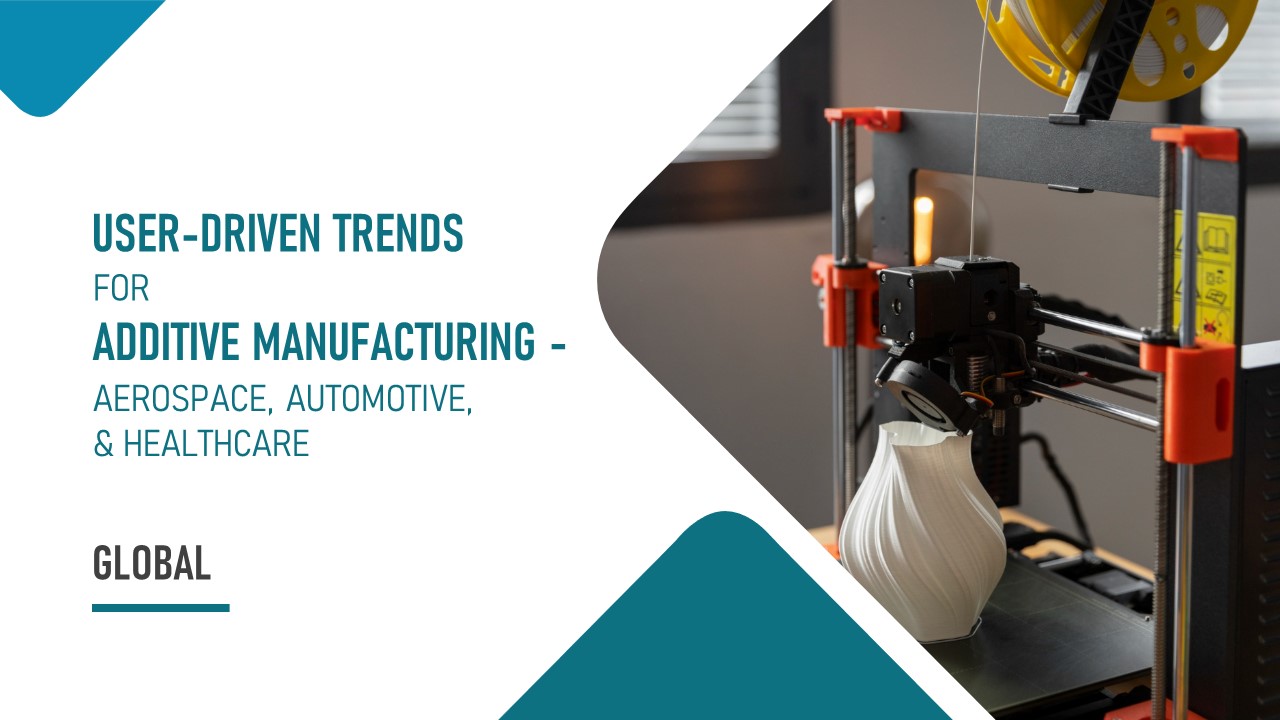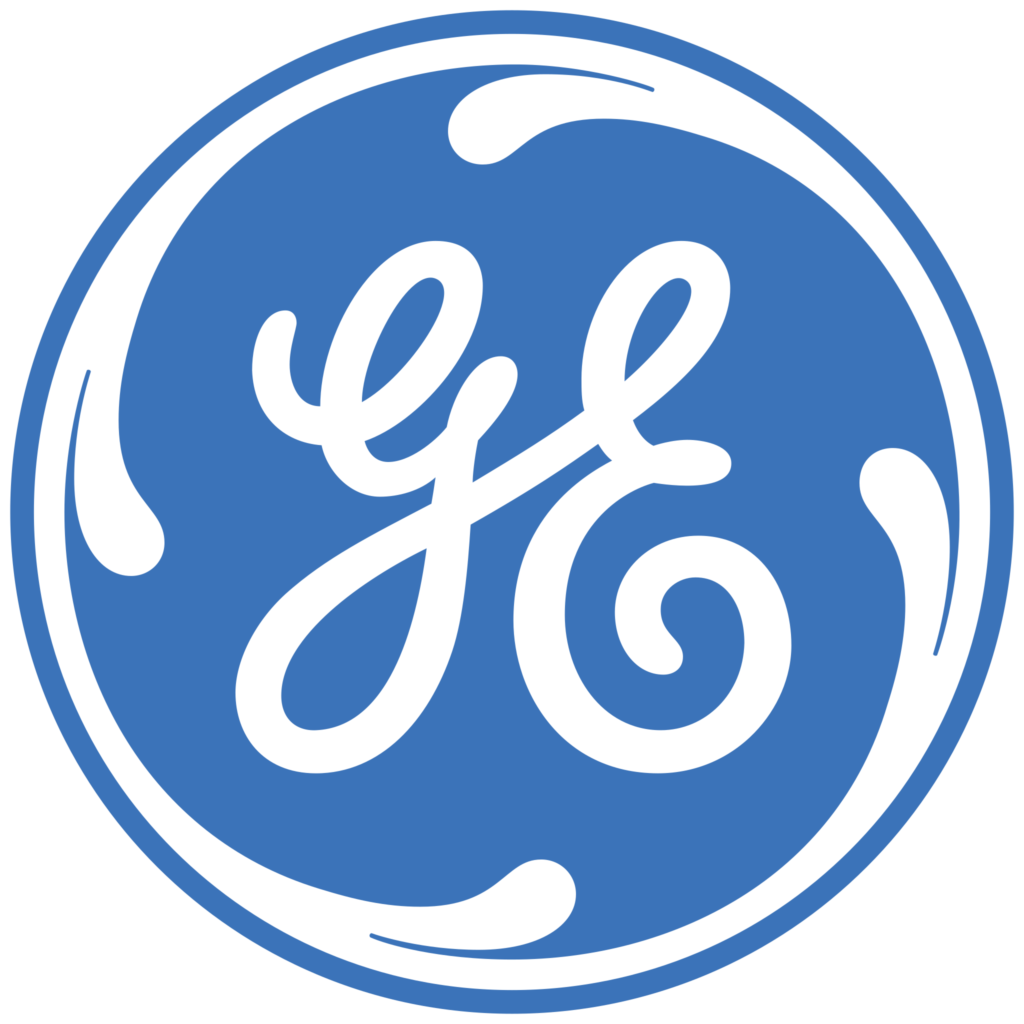
User-Driven Trends for Additive Manufacturing – Aerospace, Automotive, and Healthcare
In the ever-evolving landscape of additive manufacturing, the pulse of innovation beats in sync with the diverse needs and requirements of users across industries. As we delve into the intricate web of user-driven trends, our focus narrows onto three dynamic sectors: Aerospace, Automotive, and Healthcare.
These industries stand at the forefront of additive manufacturing’s transformative power, where the fusion of cutting-edge technology and user-centric demands paves the way for groundbreaking advancements.
Aerospace Industry

In 2020, Honeywell’s #4/5 bearing housing became the first FAA-approved 3D-printed safety-critical engine part. While the bearing housing is from a mostly defunct aircraft (the Dassault Falcon 20G), it illustrates that additive manufacturing has met even more of the aerospace industry’s needs and prepares the way for additional flight-critical parts to fly.

As per the news of 2022, the additively created fuel nozzle for commercial airplane engines by General Electric is made with one additive manufacturing component rather than 20 different components, resulting in a 30% cost savings; the new nozzle is 25% lighter and five times more durable.
Automotive Industry

The RD Limited racing team’s off-road racing vehicle for the 2021 Dakar Rally contains a bespoke gear lever and three titanium brake pedals 3D manufactured. The powder bed fusion method also allowed the researchers to improve the car’s exhaust ball joint design, which is prone to breaking. While only a few pieces were required for the car, these parts have paved the way for additional future 3D printing use cases in greater volume applications.

Porsche is one car manufacturer that has embraced 3D printing. Porsche has a cult following of enthusiasts who build and restore historic Porsche vehicles. Porsche still stocks replacement parts for their historic vehicles, but their stockpile is rapidly depleting. Porsche is now using 3D printing to reproduce nine previously abandoned parts for limited production versions. Porsche 959, 964, and 911 Speedster are among these models.
Medical & Health Care Industry
As per news of 2021, 3D printing is allowing specialists and health care providers to create reference models using MRI scans and CT in order to help surgeons prepare better for surgeries.
As per news of 2022, Silicones are used by prosthetics device manufacturers for their mechanical characteristics as well as the comfort they bring to end users. Silicone prosthetic devices are lightweight and have a good feel and aesthetic characteristics.
Do Subscribe to our #WeeklyMarketInsights for FREE here.
Read more on Metaverse
Data Sources: Wevolver, Lelandwest, MMsonline, Elkem, Mobihealthnews,
Get in-depth Market Research for any industry to understand this industry in more detail where we will cover Market Size, Competitors, Trends, Drivers and Challenges, Future forecasts, SWOT analysis, TAM, SAM or SOM, and much other information in detail. Get in touch with us today.
Other Market Insights

